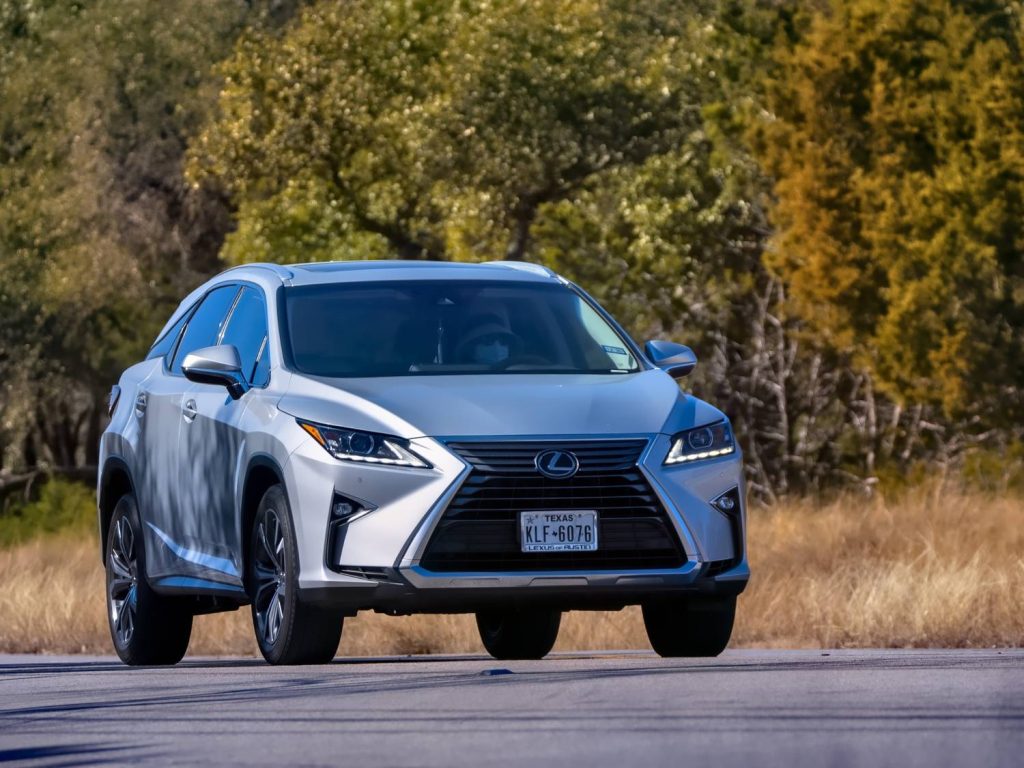A third party inspection is simply an independent evaluation carried out by a professional who has no personal stake in the outcome. Imagine buying a car: the seller wants you to think it’s perfect, while you just want the truth. Instead of taking either side’s word, you bring in an impartial inspector who checks the vehicle thoroughly and gives you a fact-based report. That’s what a third party inspection does, it eliminates bias and gives you clarity.
This approach isn’t limited to cars. It applies across industries: manufacturing, oil and gas, construction, and consumer goods. In every case, the inspector’s job is to verify quality, safety, and compliance without pressure from either the buyer or the seller.
Why Third Party Inspection Matters
Third party inspection may sound like red tape, but it’s a shield against hidden risks. It acts as an early warning system, catching problems before they turn into costly mistakes. Let’s explore why businesses and individuals value these inspections.

Safety and Risk Reduction
Safety always tops the list. Inspections spot dangers like cracked beams, leaking pipes, or worn-out brake pads. A small issue today can snowball into an accident tomorrow. For instance, a weak weld in a factory tank might burst under pressure. A skilled inspector can detect such weaknesses in advance, preventing disasters.
Quality Assurance and Trust
Promises are easy to make, but proof builds trust. Third party inspections give buyers evidence that what they’re paying for matches the seller’s claims. Companies use inspection reports as trust documents, which reduce disputes and keep customer relationships healthy.
Regulatory Compliance and Liability Control
Many industries face strict regulations. Governments and agencies demand proof of compliance. Independent inspection reports act like compliance passports, they show that a neutral professional has confirmed the product, vehicle, or structure meets required standards. In a legal dispute, such reports can also limit liability, since they demonstrate due diligence.
Types of Third Party Inspections
Third party inspections come in many forms, depending on the industry. Here are the most common categories.
Automotive & Pre-Purchase Vehicle Inspections
Buying a used car is a gamble without proper checks. A third party automotive inspector checks engine performance, transmission, suspension, brakes, and even body alignment. At Texas First Auto Inspections near Creekside Place, for example, customers get a detailed written report plus photos, making it easier to decide whether the car is worth the asking price.
Factory Acceptance and Pre-Shipment Inspections
Before goods leave a factory, inspectors verify they meet contract specifications. They check dimensions, performance, and packaging. This step ensures that the buyer receives products that match their order, reducing costly returns or disputes.
Construction and Structural Inspections
Construction projects rely heavily on third party oversight. Inspectors verify that concrete is poured correctly, welding meets safety standards, and materials match design specifications. Without this independent check, unsafe shortcuts might go unnoticed until it’s too late.
Industrial, Oil & Gas, and NDT Services
In heavy industries, Non-Destructive Testing (NDT) plays a major role. Techniques like ultrasonic testing, radiography, and magnetic particle inspections help detect flaws without harming the equipment. These inspections prevent breakdowns that could halt operations or cause accidents.

Who Performs Third Party Inspections?
Independent professionals and accredited agencies carry out these inspections. Their credibility depends on both expertise and impartiality.
Independent Inspection Bodies and Labs
Some companies specialize solely in inspection and testing. Their teams rotate across projects to avoid conflicts of interest, ensuring fair and consistent results.
Accreditations and Standards (ISO, API, etc.)
Not all inspectors are equal. Reputable providers operate under standards like ISO/IEC 17020, which governs inspection bodies, or ISO/IEC 17025 for labs. Industry-specific accreditations, such as API for oil and gas, add another layer of trustworthiness.
The Third Party Inspection Process, Step by Step
Third party inspections follow a structured process to ensure no detail slips through.
Scoping and Contracting
Before the work begins, everyone agrees on the scope: what will be inspected, which standards apply, and what the deliverables will be. This stage prevents confusion and keeps expectations realistic.
Planning and Logistics
Next comes preparation, scheduling visits, arranging tools, and confirming safety requirements. For instance, an automotive inspection may require access to a lift, diagnostic scanners, or road-testing space.
On-site Examination, Testing, and Sampling
The inspector conducts the actual checks. Evidence such as photos, measurements, and test results are gathered carefully.
Non-Destructive Testing (NDT)
NDT methods let inspectors peek inside materials without damaging them. Ultrasonic waves detect cracks, while radiography reveals weld flaws.
Functional and Road Tests for Vehicles
For vehicles, functional tests include engine diagnostics, brake efficiency, and road handling. Inspectors simulate real driving conditions to uncover hidden issues.
Report Writing, Findings, and Recommendations
The inspector compiles a clear, actionable report. It includes photos, data, and suggested corrective actions. This document becomes a negotiation tool for buyers or proof of compliance for companies.
Follow-up and Closeout
Finally, inspectors may return to confirm that corrections were completed. This step ensures problems don’t linger after the initial report.
Key Tools, Techniques, and Technology
Modern inspections go beyond clipboards. Inspectors now use advanced tools such as:
- Drones for aerial checks of roofs and tall structures.
- AI software to analyze photos and detect patterns.
- Mobile apps for instant report generation.
- Specialized meters for thickness, vibration, or emissions testing.
Technology makes inspections faster and more accurate, helping clients act quickly on the results.
Third Party vs First Party vs Second Party, Clear Comparison
To avoid confusion, here’s a breakdown:
- First party: The manufacturer inspects its own work.
- Second party: The buyer performs the inspection.
- Third party: An independent professional inspects, free from bias.
Third party inspections carry the most weight because they are objective and widely trusted.
Cost, Value, and Return on Investment
While some hesitate at the price of inspection services, they usually cost far less than repairs, legal issues, or accidents. For example, paying a few hundred dollars for a vehicle inspection at Texas First Auto Inspections could save thousands if the car turns out to have hidden problems. In business, the ROI often comes from avoiding product recalls, penalties, or lawsuits.
Common Challenges and How Inspectors Overcome Them
Inspectors face challenges such as limited access, missing documents, or time pressure. They overcome these by:
- Using NDT when dismantling isn’t possible.
- Prioritizing high-risk components under tight schedules.
- Maintaining open communication with clients to clarify unclear requirements.
How to Choose a Third Party Inspection Provider, Checklist
When selecting an inspector, ask:
- Do they have proper accreditation?
- Have they worked in your specific industry?
- Can they provide sample reports?
- What insurance do they carry?
- How quickly can they deliver results?
The right choice often makes the difference between a smooth project and a costly dispute.
Texas First Auto Inspections: Third-Party Inspection Services at Creekside Place
If you’re in Creekside Place, Texas First Auto Inspections stands out as a trusted provider for vehicle inspections. Their experts check used cars thoroughly, offering detailed reports with photos and diagnostics. Buyers, sellers, and fleet managers in Creekside Place depend on their services to make confident, informed decisions.
Practical Tips for Buyers and Fleet Managers
- Always request a written report with photos.
- For vehicles, insist on a VIN check.
- Don’t skip functional tests, road performance reveals issues static checks can’t.
- Use inspections periodically to track wear and plan maintenance.
Emerging Trends and the Future of Inspection
The inspection industry is moving toward remote video inspections, AI-driven diagnostics, and blockchain-secured reports. These trends aim to make inspections faster, more transparent, and more reliable. For local businesses in Creekside Place, this means quicker access to trustworthy data.
Texas First Auto Inspections Serving the Creekside Place Community and Beyond in Houston
Texas First Auto Inspections is dedicated to serving the diverse needs of the local community of Houston, including individuals residing in neighborhoods like Creekside Place. With its convenient location near landmarks such as the SST Willow Creek and major intersections like Timbercrest Dr. and Kuykendahl Rd. (coordinates: 30.09577,-95.53746), we offer pre purchase used car inspection Houston services.
Get Pre Purchase Used Car Inspection at Creekside Place Now
Navigate from Creekside Place to Texas First Auto Inspections Now
Ensuring Confidence Through Independent Inspections
Third party inspections are more than a formality, they’re a safety net. They protect your money, safety, and peace of mind. Whether you’re buying a car near Creekside Place, reviewing a factory shipment, or managing construction quality, an independent inspector like Texas First Auto Inspections provides the clarity you need.
FAQs
1. How long does a car inspection take at Texas First Auto Inspections?
Most of our inspections last 60–90 minutes, though more detailed checks with diagnostics can take longer.
2. Do inspectors provide digital reports?
Yes. We provide digital reports with photos and diagnostics.
3. Can a third party inspection detect flood damage in a vehicle?
Our experienced inspectors often spot signs such as corrosion, mud deposits, or unusual odors that indicate flood history.
4. What qualifications should I look for in an inspection company?
Look for accreditations, experience, sample reports, and strong local reputation, our shop checks all these boxes.
5. Does inspection guarantee no future problems?
No inspection predicts the future. It reports on the current condition and risks. Use it as a guide, not a lifetime guarantee.







